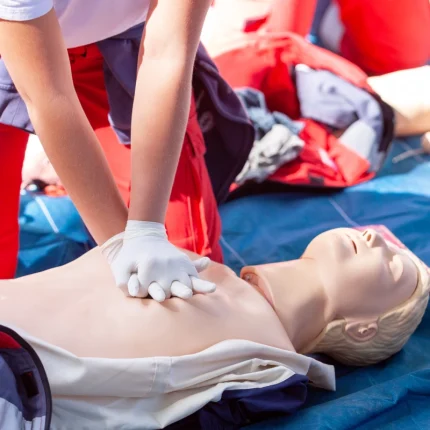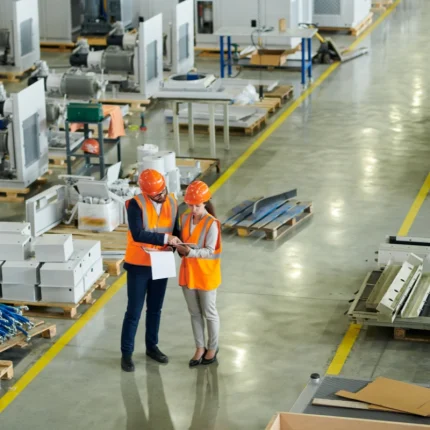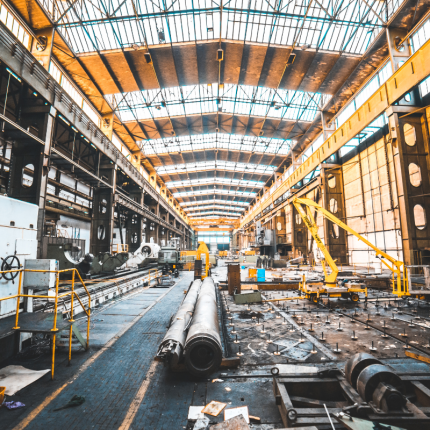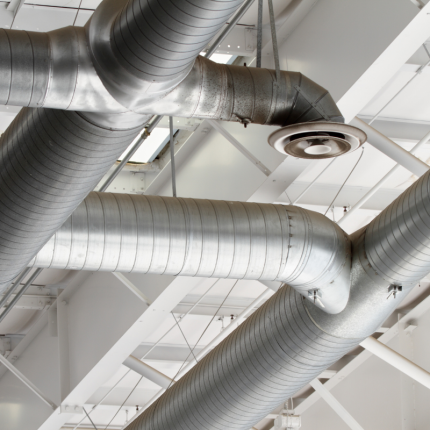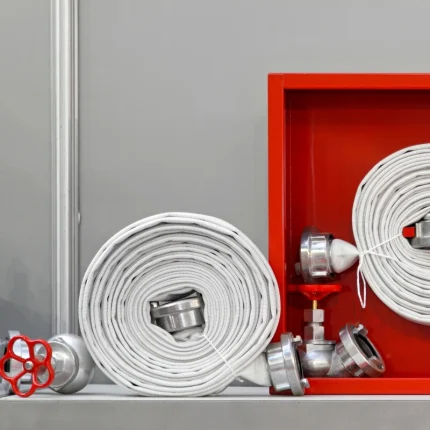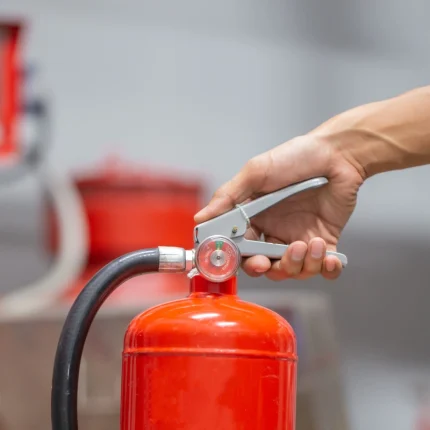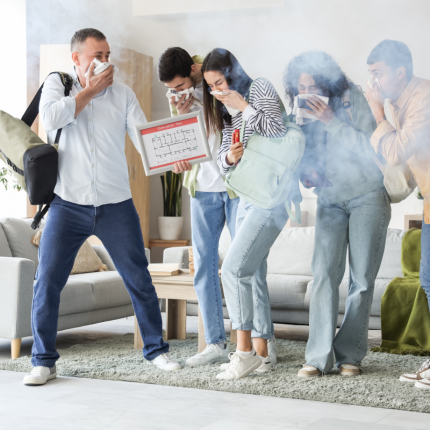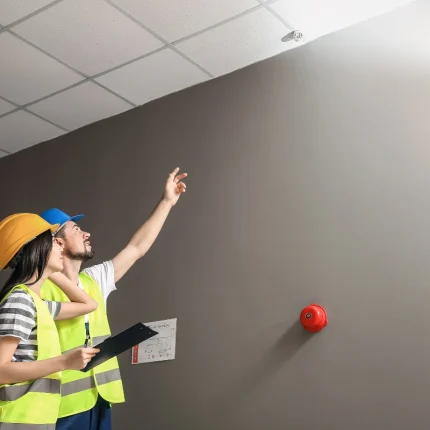Internal training of local governments
800.00€
The training introduces fire safety requirements for local government specialists for building projects and explains how the safety of buildings must be ensured in accordance with the applicable laws and standards.
As of 01.03.2021, only fire safety experts with professional certificates (level 5) or fire safety experts (level 6) who also has the relevant competence to conduct training. We recommend checking the trainer background www.kutsekoda.ee
Training can be ordered in Estonian, English and Russian.
If questions arise and you wish to receive personal group training, please contact us.
The following topics can be addressed during the course of the training:
Assessment of fire hazard risks
1. Assessment of fire safety risks in the area.
2. Assessment of fire safety risks in buildings and territories.
Assessment of structural fire safety
1. Assessment of conformity of construction works, parts of construction works or building design documentation with fire safety requirements.
2. Assessment of conformity of fire safety installations.
3. Assessment of conformity of products with fire safety requirements.
4. Assessment of fire safety requirements for services.
5. Preparation of assessment.
6. Providing consultation services in the field of fire safety.
Assessment of organisational fire safety
1. Assessment of the proper use of the terrestrial/build/space, installation and equipment.
2. Assessment of fire safety organisation of construction works, institutions or enterprises.
3. Preparation of assessment.
4. Preparation/updating of documentation.
Information and consultancy relating to fire safety
1. Notification of fire safety requirements.
2. Consultancy in the field of fire safety.
Conduct of expert assessment and audit of special part of fire safety
1. Conduct of expert assessment of special part of fire safety of building design documentation.
2. Performance of fire safety audit of construction works.
3. Selection and involvement of experts/specialists.
4. Evaluation of available data, application for additional material and studies.
5. Coordination of the work process.
6. Analyzing data.
7. Preparation of a summary expert/audit report.
8. Development of structural fire safety solutions for buildings or parts thereof.
9. Presentation and protection of expert/audit reports.
10. Fire safety expert level 6 qualifications and co-operation opportunities
List of standards related to the fire safety part of the building design that can be addressed during training
- EVS 812-2:2014 + AC:2017 – fire safety of buildings. Part 2: ventilation systems
- EVS 812-3:2018 – fire safety of buildings. Part 3: heating systems
- EVS 812-4:2018 – fire safety of buildings. Part 4: fire safety of industrial and storage buildings and garages
- EVS 812-5:2014 – fire safety of buildings. Part 5: fire safety of fuel terminals and service stations
- EVS 812-6:2012 + A1: 2013 + AC:2016 + A2: 2017 – fire safety of buildings. Part 6: Tuletõrje veevarustus
- EVS 812-7:2018 – fire safety of buildings. Part 7: fire safety requirements for buildings
- EVS 812-8:2018 – fire safety of buildings. Part 8: fire safety of high-rise buildings
- EVS 871:2017 – opening fillings and feathers for fire protection and evacuation
- EVS-EN 1838:2013 — Emergency lighting for lighting equipment
- EVS-EN 50172:2005 — escape emergency lighting systems
- CEN/TS 54-14:2004 — Automatic fire detection system: planning, design, installation, inspection, operation and maintenance rules
- EVS-EN 12845:2015 – fixed fire fighting systems. Automatic sprinkler systems. Design, installation and maintenance.
- EVS-EN 15004-1:2008 — fixed fire fighting systems. Gas extinguishing systems: design, installation and maintenance
- EVS-EN 62305-1:2011 + AC:2016 – lightning protection. Part 1: General principles
- EVS-EN 62305-2:2013 — lightning protection. Part 2: risk analysis
- EVS-EN 62305-3:2011 — lightning protection. Part 3: physical damage to buildings and danger to life
- EVS-EN 62305-4:2011 + AC:2016 — Electrical and electronic systems for buildings
- EVS 919:2013 + A1: 2014 - smoke control. Design, installation and maintenance of apparatus
OKAY! When reading and interpreting a building design documentation, the validity of a particular standard must be checked from the Centre for Standardisation (www.evs.ee).


Receipt from Output point
The receipt of goods from the store is free of charge. We are expected to complete the order within 1-5 days, except for products on order.
The delivery of goods shall be made to the Contracting Authority or to a person authorised by the Contracting Authority. Additional information on the phone +37258212121 or shop@flameguard.ee.
Delivery of parcel trucks
The ability and charge to send a parcel machine depends on the conditions of the parcel machine service provider.
If the purchased product cannot be transported through the parcel machine network, Flameguard may change the service provider and in this case the transport price may also change.
Delivery by courier
The ability and reward to send by courier depends on the terms and conditions of the service provider. In general, we work with all express delivery companies and, if the purchased product cannot be transported through a specific express delivery service, Flameguard may change the express delivery service provider and in this case the transport price may also change.
Time-critical or time-sensitive transport
The possibility of time-critical or time-sensitive transportation depends on the location of the delivery and the exact terms and conditions of the service must be agreed in advance.
You can check the availability of the service on your phone +37258212121 or shop@flameguard.ee
Select delivery mode to subscribe to the service - Receipt from the dispatch point - Suur-Mämäe 31, Tallinn 11415
In addition, the cell in the contacts field must be filled in obligatorily Notes about order, to which the following must be added:
- Reference of the mode of delivery agreed with the flameguard;
- date and time of delivery;
- name and mobile phone number of the person receiving the goods.
OKAY! Without further information, the transport order will not be activated and the order will be stored at the delivery point of Suur-Mõjamäe 31, Tallinn
Seotud tooted
Fire safety audit
Ventilation maintenance
- at least once a quarter if the equipment is used 12 h/day –16 h/day;
- at least once a half-yearly period if the equipment is used 6 h/day –12 h/day;
- at least once a year if the equipment is used 2 h/day -6 h/day.
Inspection and maintenance of fire hose system
Inspection and maintenance of fire extinguishers
Fire and evacuation exercise
- Simulate a real fire;
- Practices are being practised to help cope with the threat.
Training of person responsible for fire safety
Fire fighting exercise
Fire safety guidance for employees

Join our newsletter!
We send sector-specific information about the services and e-store by e-mail at 1 monthly frequency.


